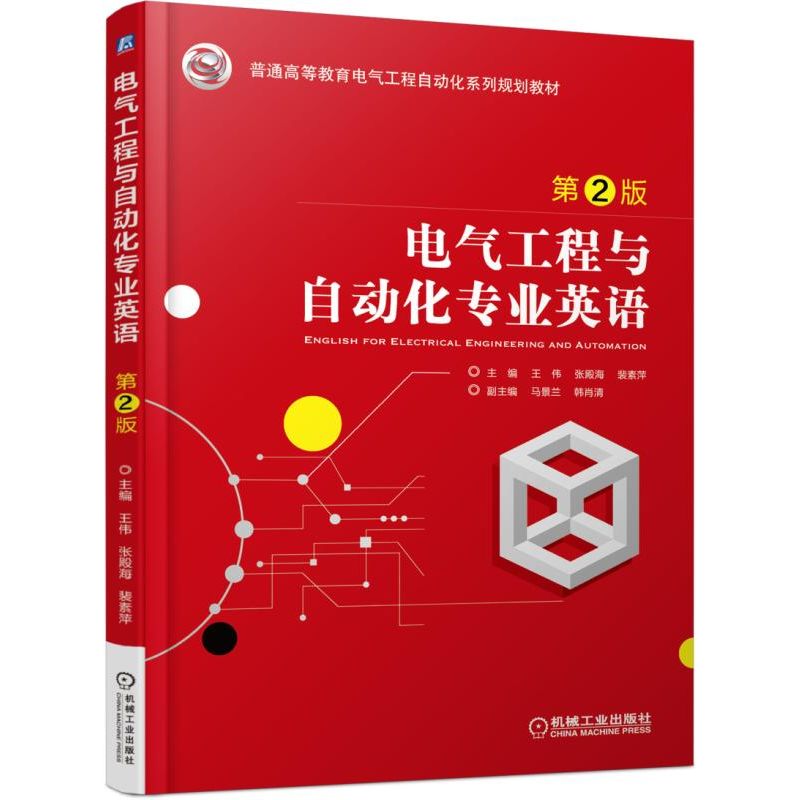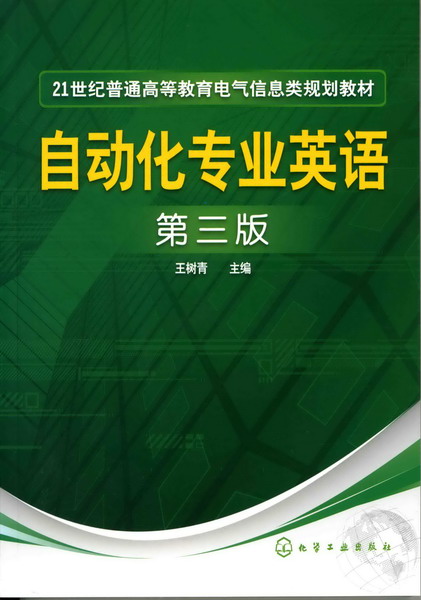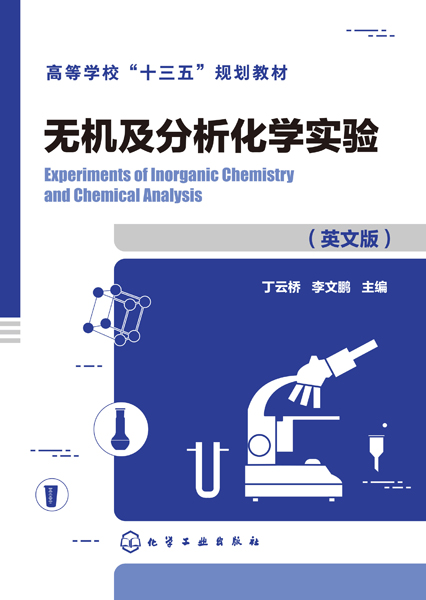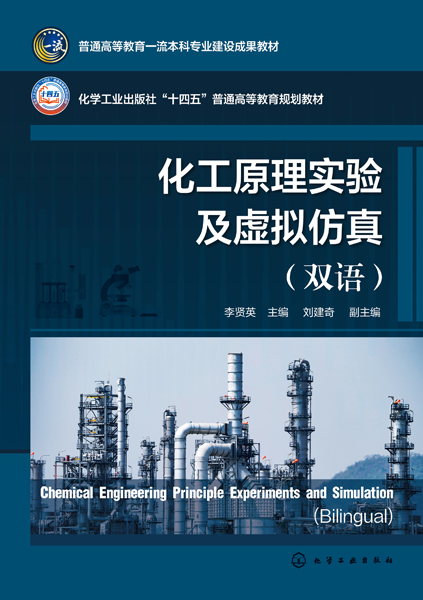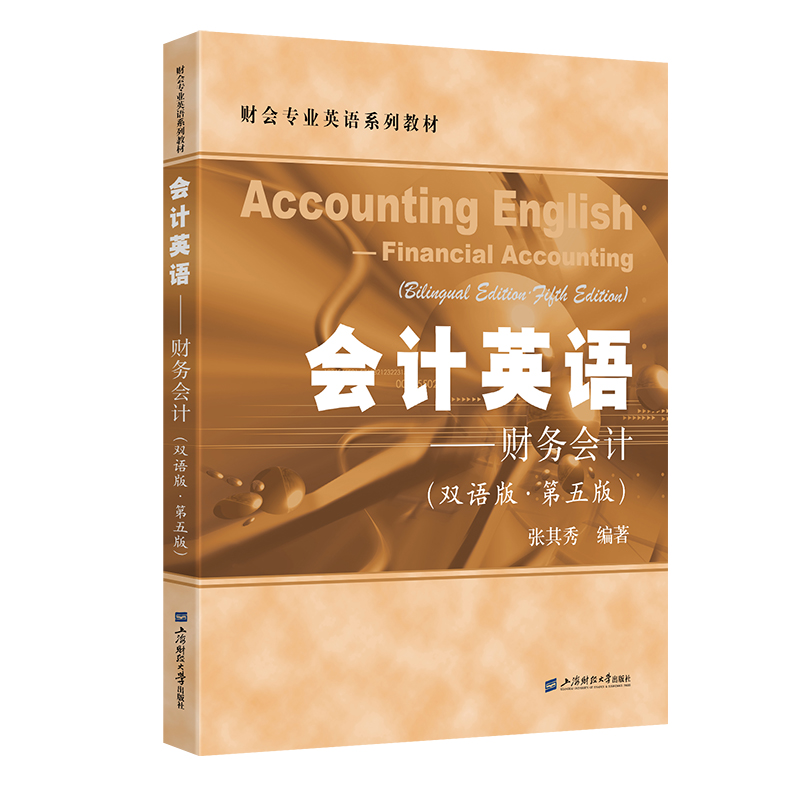过程装备力学基础(英文版)
定价:¥45.00
作者: 朱孝钦
出版时间:2024-09
最新印次日期:2024-9
出版社:化学工业出版社
- 化学工业出版社
- 9787122456953
- 1版
- 526511
- 49251267-8
- 16开
- 2024-09
- 164
- 142
- 工学
- 机械类
- ①TQ051
- 机械类
- 本科
作者简介
目录
Chapter 1 Introduction 1
1.1 Process Industry 1
1.2 Process Equipment 2
1.2.1 Basic concepts of process equipment 2
1.2.2 Basic composition and structures of process equipment 3
1.3 The Mechanical Problems in the Design or Research of Process Equipment 4
Problems 5
Chapter 2 Overview to Elastoplastic Mechanics 6
2.1 Research Objects,Research Methods and Basic Tasks of Elastoplastic Mechanics 6
2.2 Basic Assumptions of Elastoplastic Mechanics 9
2.3 Elasticity and Plasticity 10
2.3.1 Analysis of stress-strain curve obtained from the tensile test of a typical plastic material—low-carbon steel 11
2.3.2 Characteristics of elastic and plastic deformations 13
2.3.3 Several stress-strain simplified models in the analytical theory of plastic mechanics 14
2.4 Load Classification 16
Problems 16
Chapter 3 Basic Concepts and Equations of Elastic Mechanics 18
3.1 External Force,Internal Force and Stress 18
3.1.1 External force 18
3.1.2 Internal force 19
3.1.3 Stress 20
3.2 Stress State and Stress Tensor at A Point 22
3.3 The Concepts of Deformation and Strain 24
3.3.1 The concept of deformation 24
3.3.2 The concept of strain and the geometric equations 25
3.4 Equilibrium Equations and Physical Equations of Elastic Mechanics 28
3.4.1 Equilibrium equations 28
3.4.2 Physical equations 30
Problems 32
Chapter 4 Plane Problems of Elastic Mechanics 34
4.1 Two Types of Plane Problems 34
4.1.1 Plane stress problem 34
4.1.2 Plane strain problem 35
4.2 Basic Equations for Plane Problems 37
4.2.1 Equilibrium equations 37
4.2.2 Geometric equations 37
4.2.3 Physical equations 38
4.3 Boundary Conditions for Plane Problems 39
4.4 The Saint-Venant's Principle 41
4.5 Methods for Solving Plane Problems 42
4.5.1 Methods for solving elastic mechanics problems 42
4.5.2 Solving elastic mechanics plane problems by stress method 43
4.6 Stress Function or Biharmonic Function 46
4.7 Polar Coordinate Form of the Basic Equations 49
4.7.1 Equilibrium equations in polar coordinates 50
4.7.2 Geometric equations in polar coordinates 51
4.7.3 Physical equations in polar coordinates 54
4.7.4 Stress functions and compatibility equations in polar coordinates 54
Problems 56
Chapter 5 Key Concepts of Plastic Mechanics Fundamentals 59
5.1 Introduction 59
5.2 Maximum Shear Stress and Octahedral Shear Stress 60
5.2.1 Maximum shear stress 60
5.2.2 Octahedral shear stress 61
5.3 Yield Criterions 63
5.3.1 The Tresca yield criterion 64
5.3.2 The Mises yield criterion 65
5.4 Loading Theorem and Unloading Theorem 66
5.4.1 Loading theorem 66
5.4.2 Unloading theorem 67
Problems 68
Chapter 6 Basic Theory of Revolutional Thin-walled Shells 69
6.1 Overview 69
6.2 Geometric Characteristics of A Revolutional Thin-walled Shell 70
6.3 Non-moment Theory of Revolutional Thin-walled Shells 72
6.3.1 Overview of non-moment theory 72
6.3.2 Basic Equations of non-moment theory 74
6.4 Membrane Stresses in A Special Revolutional Thin-walled Shell 77
6.4.1 Spherical shell 78
6.4.2 Cylindrical shell 78
6.4.3 Conical shell 79
6.4.4 Ellipsoidal shell 79
6.5 Edge Stress in A Revolutional Thin-walled Shell 82
6.5.1 The cause of edge stress 82
6.5.2 The characteristics of edge stress and its treatment in pressure vessel structure 85
Problems 86
Chapter 7 Elastoplastic Mechanics Analysis of Thick-walled Cylindrical Shell 89
7.1 Introduction 89
7.2 Elastic Analysis of A Thick-walled Cylindrical Shell 90
7.2.1 Basic equations of a thick-walled cylindrical shell 90
7.2.2 Stress and displacement solutions of a thick-walled cylindrical shell 95
7.3 Stress Analysis of Combinatorial Thick-walled Cylindrical Shells 101
7.3.1 Prestress calculation of a combinatorial cylindrical shell 102
7.3.2 Integrated stress calculation of a combinatorial cylindrical shell 104
7.4 Elastoplastic Stress Analysis of A Thick-walled Cylindrical Shell and Autofrettage Processing Technology 106
7.4.1 Elastic limit analysis 107
7.4.2 Elastoplastic stress analysis 108
7.4.3 Plastic limit analysis 112
7.4.4 Autofrettage of a thick-walled cylindrical shell 113
Problems 120
Chapter 8 Thin Plate Theory 123
8.1 Basic Concepts and Assumptions of Thin Plate 123
8.1.1 Basic concepts of thin plate 123
8.1.2 Basic assumptions of thin plate 125
8.2 Axisymmetric Problem of Circular Flat Plate 126
8.2.1 Basic equations for axisymmetric bending of a circular flat plate 127
8.2.2 Stresses in a circular flat plate 131
8.2.3 Stresses in a ring plate under an axisymmetric load 139
Problems 140
References 142
1.1 Process Industry 1
1.2 Process Equipment 2
1.2.1 Basic concepts of process equipment 2
1.2.2 Basic composition and structures of process equipment 3
1.3 The Mechanical Problems in the Design or Research of Process Equipment 4
Problems 5
Chapter 2 Overview to Elastoplastic Mechanics 6
2.1 Research Objects,Research Methods and Basic Tasks of Elastoplastic Mechanics 6
2.2 Basic Assumptions of Elastoplastic Mechanics 9
2.3 Elasticity and Plasticity 10
2.3.1 Analysis of stress-strain curve obtained from the tensile test of a typical plastic material—low-carbon steel 11
2.3.2 Characteristics of elastic and plastic deformations 13
2.3.3 Several stress-strain simplified models in the analytical theory of plastic mechanics 14
2.4 Load Classification 16
Problems 16
Chapter 3 Basic Concepts and Equations of Elastic Mechanics 18
3.1 External Force,Internal Force and Stress 18
3.1.1 External force 18
3.1.2 Internal force 19
3.1.3 Stress 20
3.2 Stress State and Stress Tensor at A Point 22
3.3 The Concepts of Deformation and Strain 24
3.3.1 The concept of deformation 24
3.3.2 The concept of strain and the geometric equations 25
3.4 Equilibrium Equations and Physical Equations of Elastic Mechanics 28
3.4.1 Equilibrium equations 28
3.4.2 Physical equations 30
Problems 32
Chapter 4 Plane Problems of Elastic Mechanics 34
4.1 Two Types of Plane Problems 34
4.1.1 Plane stress problem 34
4.1.2 Plane strain problem 35
4.2 Basic Equations for Plane Problems 37
4.2.1 Equilibrium equations 37
4.2.2 Geometric equations 37
4.2.3 Physical equations 38
4.3 Boundary Conditions for Plane Problems 39
4.4 The Saint-Venant's Principle 41
4.5 Methods for Solving Plane Problems 42
4.5.1 Methods for solving elastic mechanics problems 42
4.5.2 Solving elastic mechanics plane problems by stress method 43
4.6 Stress Function or Biharmonic Function 46
4.7 Polar Coordinate Form of the Basic Equations 49
4.7.1 Equilibrium equations in polar coordinates 50
4.7.2 Geometric equations in polar coordinates 51
4.7.3 Physical equations in polar coordinates 54
4.7.4 Stress functions and compatibility equations in polar coordinates 54
Problems 56
Chapter 5 Key Concepts of Plastic Mechanics Fundamentals 59
5.1 Introduction 59
5.2 Maximum Shear Stress and Octahedral Shear Stress 60
5.2.1 Maximum shear stress 60
5.2.2 Octahedral shear stress 61
5.3 Yield Criterions 63
5.3.1 The Tresca yield criterion 64
5.3.2 The Mises yield criterion 65
5.4 Loading Theorem and Unloading Theorem 66
5.4.1 Loading theorem 66
5.4.2 Unloading theorem 67
Problems 68
Chapter 6 Basic Theory of Revolutional Thin-walled Shells 69
6.1 Overview 69
6.2 Geometric Characteristics of A Revolutional Thin-walled Shell 70
6.3 Non-moment Theory of Revolutional Thin-walled Shells 72
6.3.1 Overview of non-moment theory 72
6.3.2 Basic Equations of non-moment theory 74
6.4 Membrane Stresses in A Special Revolutional Thin-walled Shell 77
6.4.1 Spherical shell 78
6.4.2 Cylindrical shell 78
6.4.3 Conical shell 79
6.4.4 Ellipsoidal shell 79
6.5 Edge Stress in A Revolutional Thin-walled Shell 82
6.5.1 The cause of edge stress 82
6.5.2 The characteristics of edge stress and its treatment in pressure vessel structure 85
Problems 86
Chapter 7 Elastoplastic Mechanics Analysis of Thick-walled Cylindrical Shell 89
7.1 Introduction 89
7.2 Elastic Analysis of A Thick-walled Cylindrical Shell 90
7.2.1 Basic equations of a thick-walled cylindrical shell 90
7.2.2 Stress and displacement solutions of a thick-walled cylindrical shell 95
7.3 Stress Analysis of Combinatorial Thick-walled Cylindrical Shells 101
7.3.1 Prestress calculation of a combinatorial cylindrical shell 102
7.3.2 Integrated stress calculation of a combinatorial cylindrical shell 104
7.4 Elastoplastic Stress Analysis of A Thick-walled Cylindrical Shell and Autofrettage Processing Technology 106
7.4.1 Elastic limit analysis 107
7.4.2 Elastoplastic stress analysis 108
7.4.3 Plastic limit analysis 112
7.4.4 Autofrettage of a thick-walled cylindrical shell 113
Problems 120
Chapter 8 Thin Plate Theory 123
8.1 Basic Concepts and Assumptions of Thin Plate 123
8.1.1 Basic concepts of thin plate 123
8.1.2 Basic assumptions of thin plate 125
8.2 Axisymmetric Problem of Circular Flat Plate 126
8.2.1 Basic equations for axisymmetric bending of a circular flat plate 127
8.2.2 Stresses in a circular flat plate 131
8.2.3 Stresses in a ring plate under an axisymmetric load 139
Problems 140
References 142



